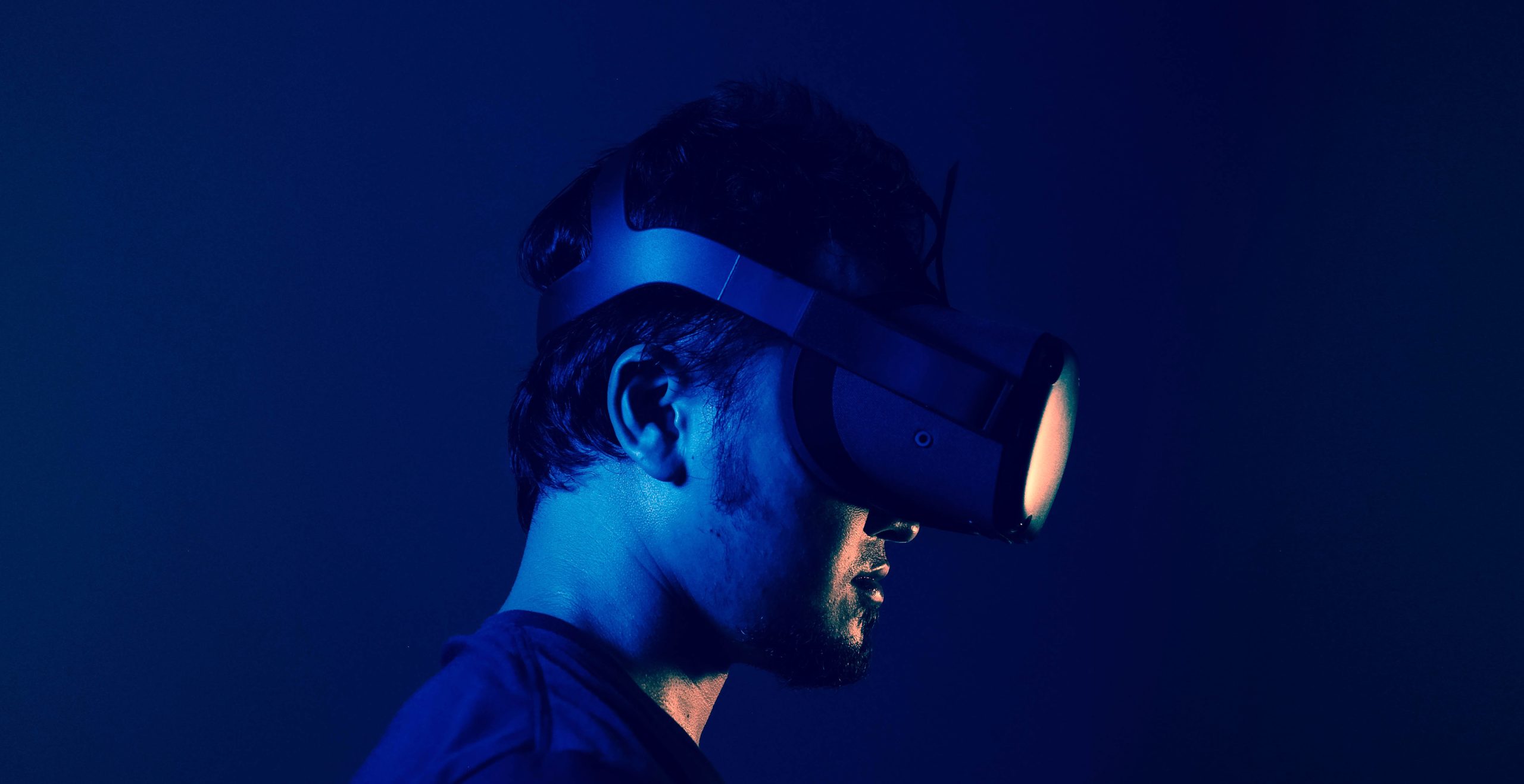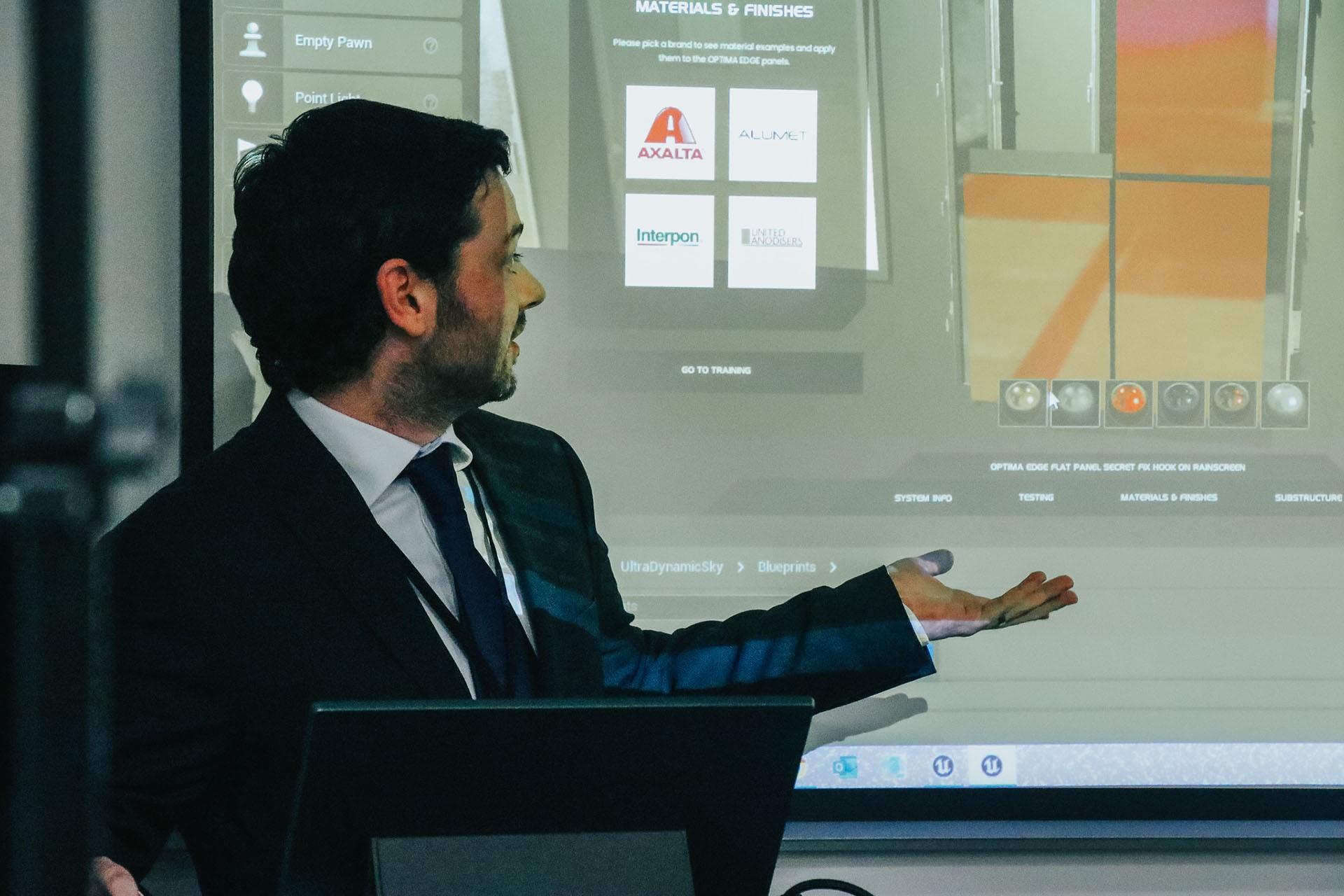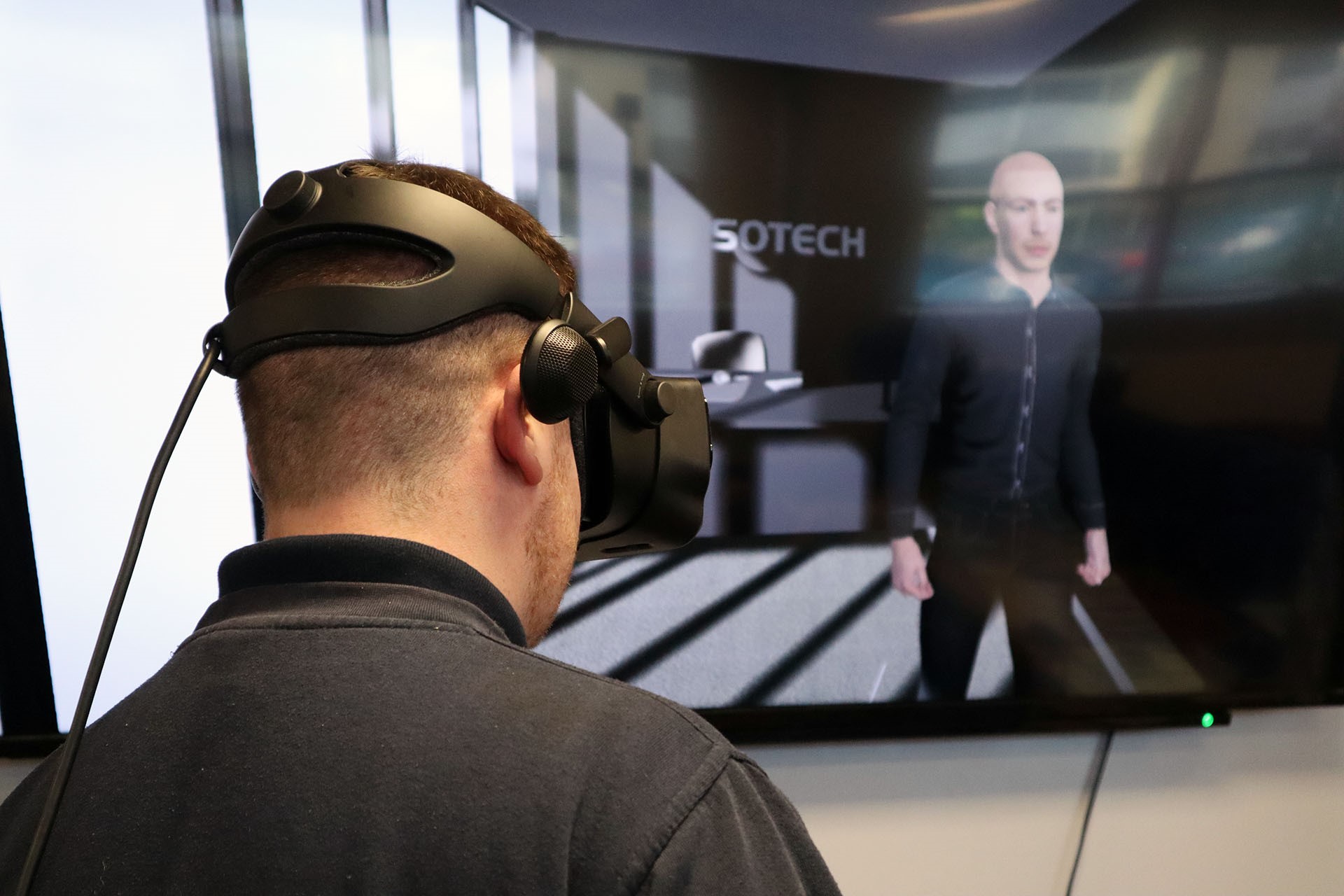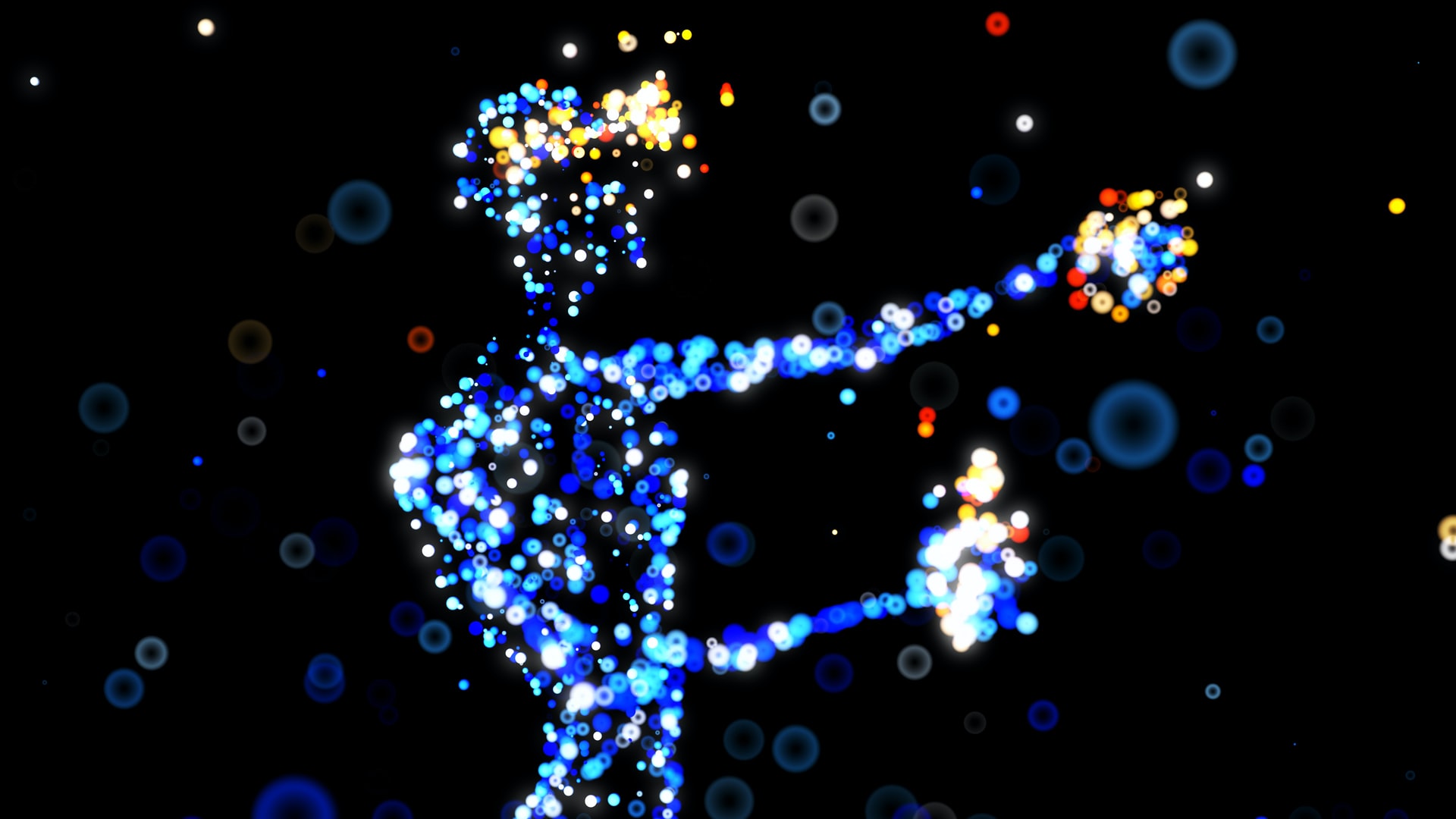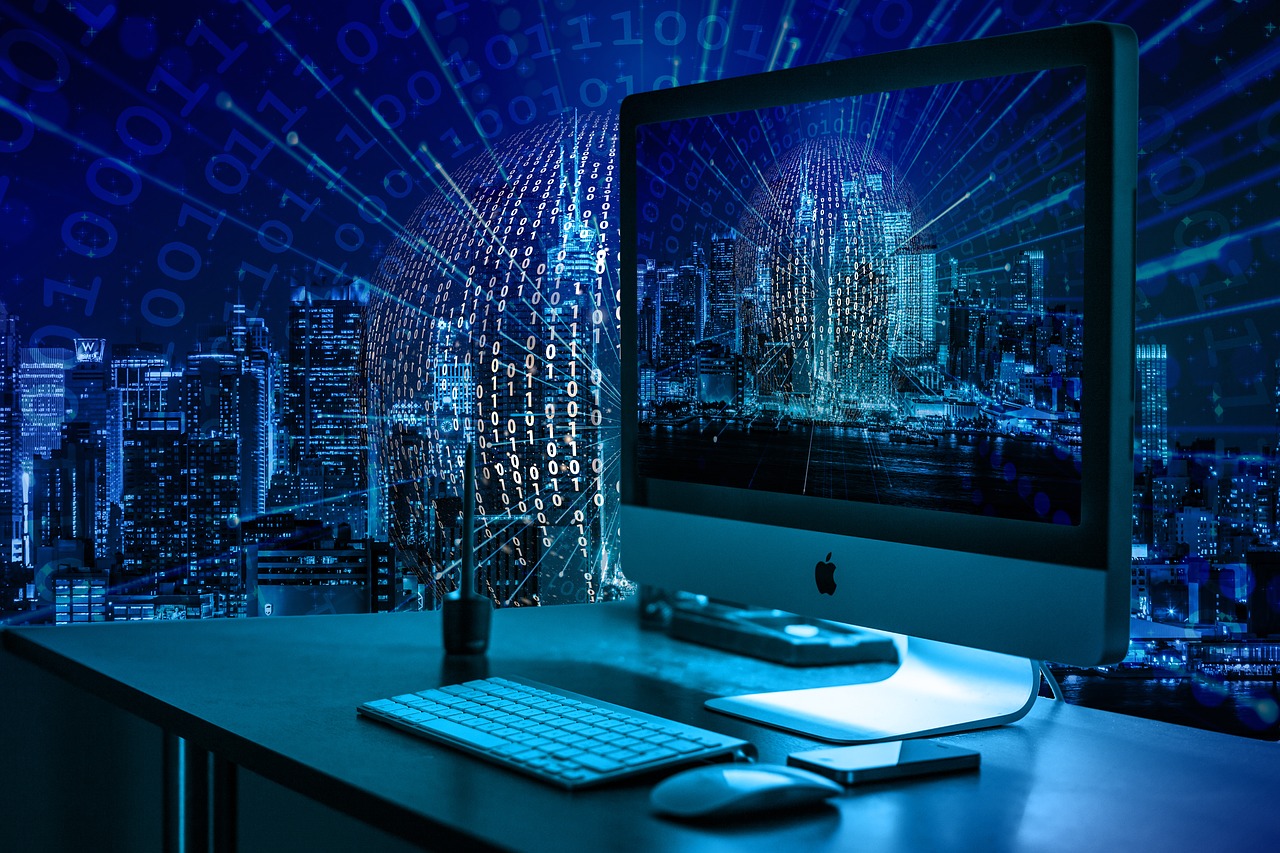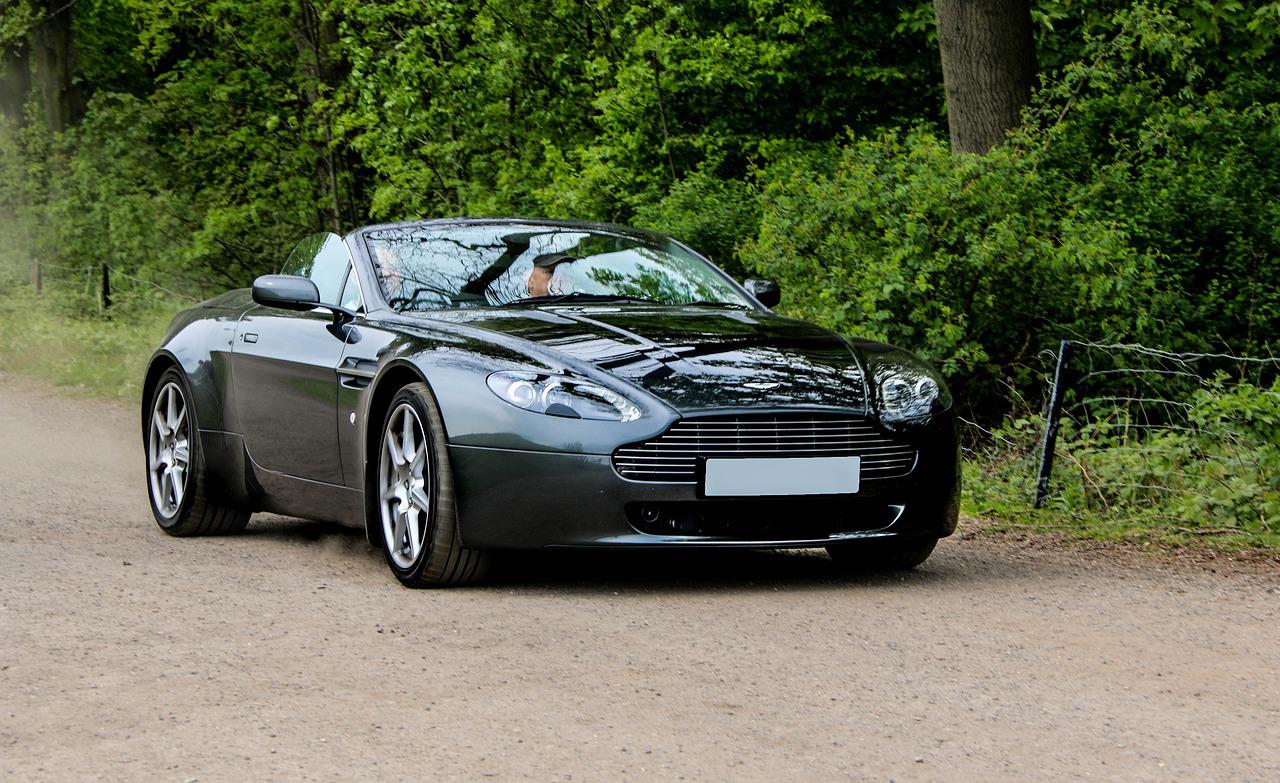On 28th October 2021, Mark Zuckerberg announced a strategic shift in direction for the billion-dollar social networking company, towards ‘the metaverse’.
“The metaverse is the next frontier in connecting people, just like social networking was when we got started,” Zuckerberg shared in his most recent founder’s letter. “Over time, I hope we are seen as a metaverse company, and I want to anchor our work and our identity on what we’re building towards.”
The term ‘metaverse’ doesn’t refer to any one type of technology, like 3D experiences or augmented reality (terms explained below), but more of a shift in how we interact with technology altogether.
Users will enter the metaverse by putting on a headset and interacting with others in the metaverse through virtual avatars. For example, through the metaverse you can experience ‘being in the office’ from anywhere, with the perception of office life going on around you.
As well as having Enterprise applications, VR allows you to experience games with family and friends spread across the globe as well as attend private gigs and events, shop online, collaborate on projects and more.
It truly is an immersive experience too. At the 2021 Past, Future & Beyond Event hosted by Sotech, the team unveiled the company’s incredible move towards virtual reality and total 3D immersion. Attendees were able to put on the headset and explore Sotech’s virtual showroom, and Sotech’s fully functioning 3D models of its market leading rainscreen cladding systems, in real time.
“Our intention”, said Claire of Sotech, “Is to help inform conversations and decisions made by architects specifying rainscreen cladding systems. Imagine, for example, being able to pick up, rotate and examine a range of rainscreen cladding systems in real time, without leaving your home or office. Imaging rotating the system to explore the fixing mechanism and change the panel colour and finish, without making a trip to our offices, or being able to see how that panel looks and performs on a 3D model of your building. All of this is possible through 3D and virtual reality technology and Sotech is way ahead of the curve; building the foundations of its part of the metaverse today for its customers and clients.”
To help bring this to life and demonstrate the changes coming to the manufacturing sector, we caught up with Chris Dutton, the 3D architect working with Sotech to deliver this new virtual reality.
Chris, can you explain the key terms for us? What is Virtual Reality (VR) vs. 3D?
Virtual Reality or ‘VR’ is a way to experience 3D programs, tools or games that gives the user the impression of reality in terms of visual depth and scale, immersing them in a 3D environment. The user typically wears a headset and is fed two images, one for each eye, to create a convincing stereoscopic view of a 3D environment that is traversable by using control sticks, pads or hand gestures.
With the 3D experience the aim is to give the user an enhanced look at Optima Systems from the office or home when visiting our offices is not possible or when considering your next project.
Being able to feed the website information into the 3D experience at relevant points will help guide and inform users on the right solution for them – users can pick up each system, change its colour and finish and get an accurate idea of scale when considering which system is most suited for their needs – but it will also allow them to contact us directly for any further assistance.
Ideally, the user will make use of both the 3D and VR versions depending on the needs at the time as each will offer unique ways to interact with Optima Systems.
You really start to capture what this means when you see it in action. Please see Facebook’s demonstration of ‘the metaverse’ in practice.
What is the difference between virtual reality and augmented reality?
Augmented reality using headsets such as the Holo lens from Microsoft allows the user to overlay 3D objects into the real world. A mobile phone or tablet can also act as the screen and track the real world to add 3D objects into it for viewing.
Some examples of this would be to have wire and pipe diagrams as an overlay on a building under construction to show where the user should be adding each item or sharing a design with colleagues in a meeting and being able to work on it together.
Virtual Reality tends towards a full 3D environment where the user is inside it and the outside world is not visible – you can meet people in VR but this would be in a virtual meeting room or similar.
How will VR change the customer experience?
VR will give the user another avenue to view Optima Systems, bridging the gap between seeing the system on a web page and being physically at an office with a panel in your hand.
Architects can now pick up, rotate and examine Sotech’s full range of rainscreen cladding systems in real time, without leaving their home or office. They can change the panel colour and finish. They can see how the rainscreen choice looks and performs on a 3D model of their building. And they can make much more informed decisions, right from their own office or home.
The Sotech VR Experience, know internally as SO:VR, is the future of sales and marketing as more and more users acquire VR hardware. The improvement in sustainability is evident as fewer physical items will need to be sent.
What is the biggest change you have seen in the last two years?
Adoption of VR has skyrocketed in the past two years with the release of the Meta Quest 2 and other VR headsets.
The pandemic has forced real change in the average power of a computer allowing for more users to have access to VR. This shift has demonstrated the benefits of VR to consumers and created demand for specialised experiences that demonstrate a brand or item in a Virtual World.
In the future, VR will be integral to the design process. Using VR to view a design while it is being created will be commonplace and used to share ideas between colleagues as well as make critical decisions on how the building process will take place and how it affects the surrounding area.
Simulation of things like wind and rain, earthquakes and more can be created to ensure a design is correct and able to withstand the forces of nature – all while you are stood inside or next to it to view its affects in real time.
How easy is it to adapt to a VR culture?
In the past, cost has restricted VR adoption. The initial headsets were big and heavy and required a lot of sensors and some PC skills to have a consistent experience.
Most of these issues are now fixed with the size of the headset becoming smaller and smaller and buy in cost dramatically less – this is expected to continue meaning adoption will continue to grow exponentially over time.
With these changes it’s easier than ever to get into VR and once the user has spent a few hours inside it becomes second nature to use.
Can you explain more about Sotech entering the metaverse?
The metaverse as a concept is the idea that a VR world or VR/AR Experience is part of a (meta) universe.
When the user puts on a VR headset, any experience that they use on it can be said to be part of the ‘metaverse’.
Meta (Facebook) will link each experience together allowing users to log in to Meta and then use an avatar to depict themselves in a virtual space allowing for social interaction, advertisements, and knowledge acquisition to be available all in one place.
While this tech is currently being built, the Sotech VR Experience will work as a standalone experience without the need for access via Meta.
What’s next for Sotech in VR?
Meta has pledged to spend $10bn a year over the next decade creating the metaverse. This will allow developers to create the needed systems to integrate each VR user into one ecosystem as well as create the experiences and tools required to make it a success, as funding will be available for all kinds of projects.
Competitors such as Apple and Microsoft are also pursuing similar aims that Big Tech executives describe as part of the next evolution of the internet. The acquisition by Microsoft of Activision/Blizzard recently for $69 billion dollars is another indication of big changes on the horizon.
With these changes in mind, Sotech has pledged considerable time and budget into creating the foundations of its entry into ‘the metaverse’ and is the first manufacturing company of its kind to output functioning 3D models of its rainscreen cladding systems that can be experienced, adapted, and examined in a virtual reality portal.
Sotech will continue to develop its 3D and VR application, adding features and improving on the quality of the experience as time goes on.

